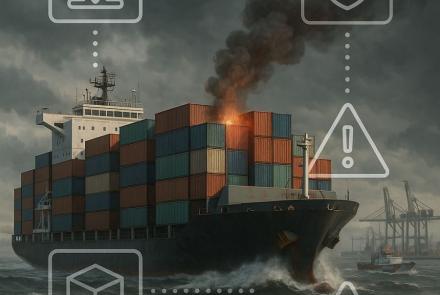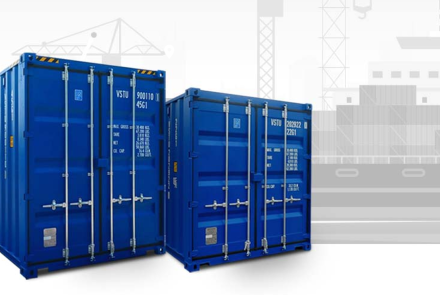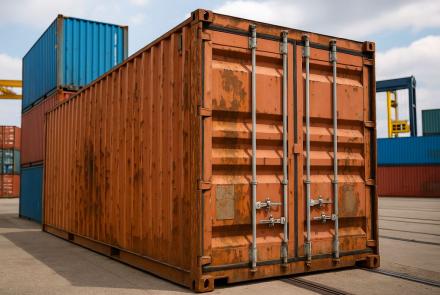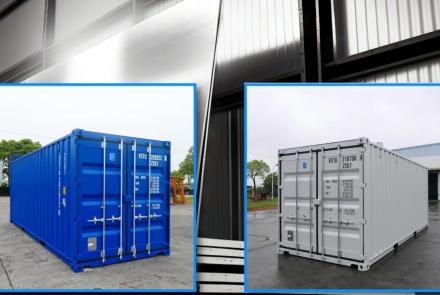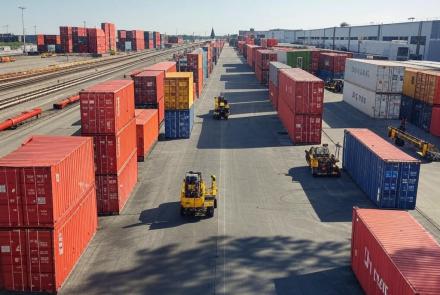Container Stowage Planning and its Importance

Weight distribution in container stacks directly affects a vessel’s stability.
Deck stack collapses often occur in bays where the stack weight crosses permissible limits.
Container Stowage Planning, also known as “Bay Plan” is the process of assigning space for containers onboard ships in a manner that results in maximum onboard safety of crew and cargo, stability of the vessel, optimum utilization of space while also achieving economy in the cost of transportation. Stowage planning is also aimed at attaining efficiency in the handling of containers during the course of a ship’s voyage. To illustrate a case in point, the right stowage planning and its execution ensure that containers once loaded need to be handled again only at their final port of destination, thus eliminating the need to re-position them inside the ship while loading and discharging other containers at various ports of call during its voyage.
The importance of Container Stowage Planning has assumed more significance in recent times in the light of increasing incidents of stack collapses and loss of containers at sea.
The safety of the ship, its equipment, cargo, and personnel are among the crucial responsibilities of the deck officer. The deck officer should be competent in executing safe cargo handling methods and stowage planning with assistance from stevedores.
Appropriate stowage of containers aims to maximize the use of available space in a ship ensuring quick, systematic loading & discharging, thus providing adequate safety to the crew.
General guidelines to follow in container stowage planning:
Weight Distribution
Heavy containers should be stored on the deck or the under deck of the ship, and lighter containers on the top. This renders good stability to the ship from the resultant even distribution of weight. Declaration of the correct weight of a container assumes great significance here. Each bay has a maximum set limit of stack weight that must be obeyed in order to prevent damage to other containers and the structure of the vessel. Under the deck, all the slots must be occupied, and the stowage planning must be done from bottom to top.
Restrictions on Stacking Weights
The maximum permissible stacking weight of each container must be verified and adhered to before loading the containers into the deck and upper deck. This protects the ship’s hull and ensures its stability.
Estimation of Lashing Strength
Motions of roll, pitch and heave leave behind the most powerful adverse forces on a ship’s stability. The lashing strength of deck cargo can be determined by programs and must be within the limits of tolerance recommended.
Reefer Container Stowage
If reefer containers have to be loaded in random slots other than their designated areas, there should be adequate power supply outlets with extension cables to power them. There should also be sufficient room for their emergency repair & maintenance during the voyage.
Out of Gauge Container Stowage
Out of Gauge Containers fall between 45 and 53 feet in length. These containers are normally prioritized only after organizing the standard containers, and stowed on top of other containers on the deck, or in the hold. Stowage planners do their best to reduce the number of unused slots while trying to accommodate Out of Gauge Containers.
Dangerous Goods Stowage
Dangerous Cargo must be kept away from direct sunlight and the motors that power reefer containers. As required by the IMDG Code, such containers must display labels specifying the nature of their contents. If on the deck, they should be positioned in a way that they do not hinder access to the crew quarters, and there should be safe working space for the crew to operate away from such containers.
Correct stowage planning and execution are among the vital and essentials functions in shipping and logistics.
- Log in to post comments


